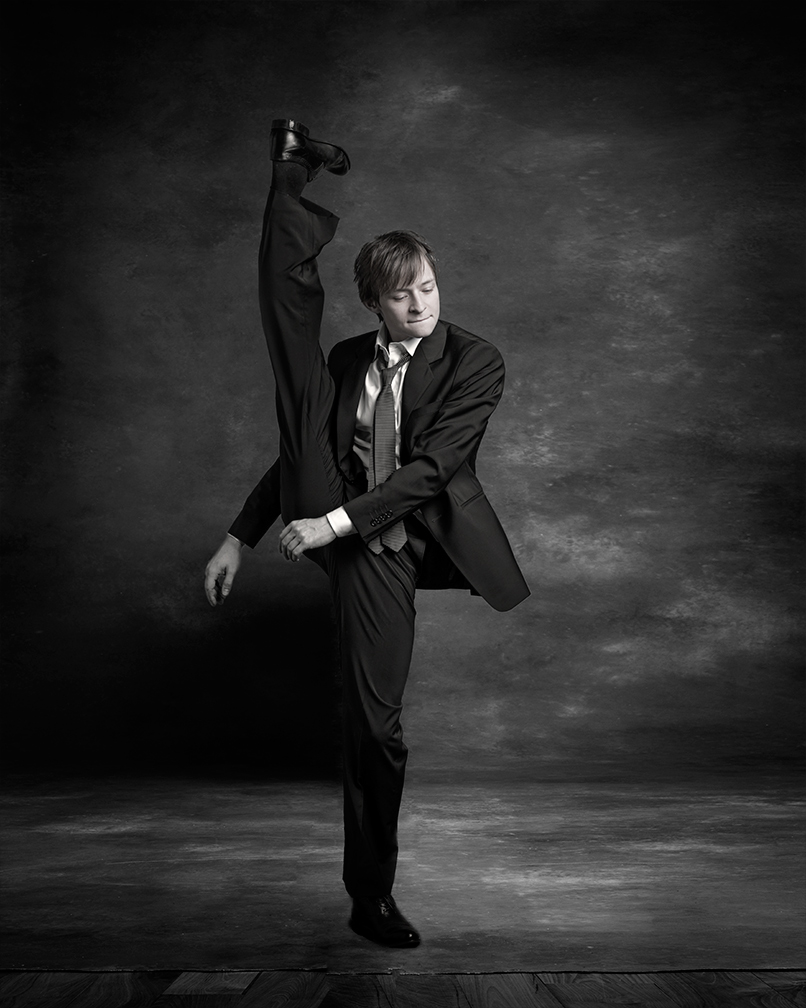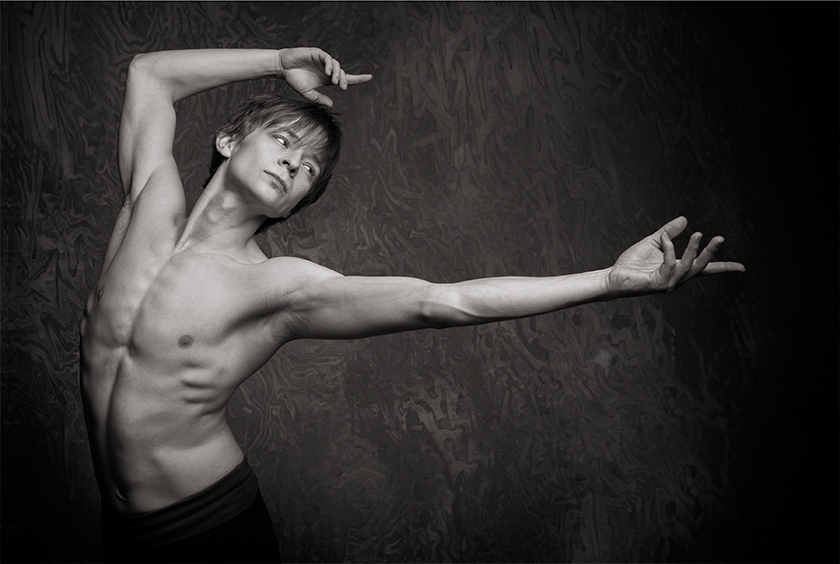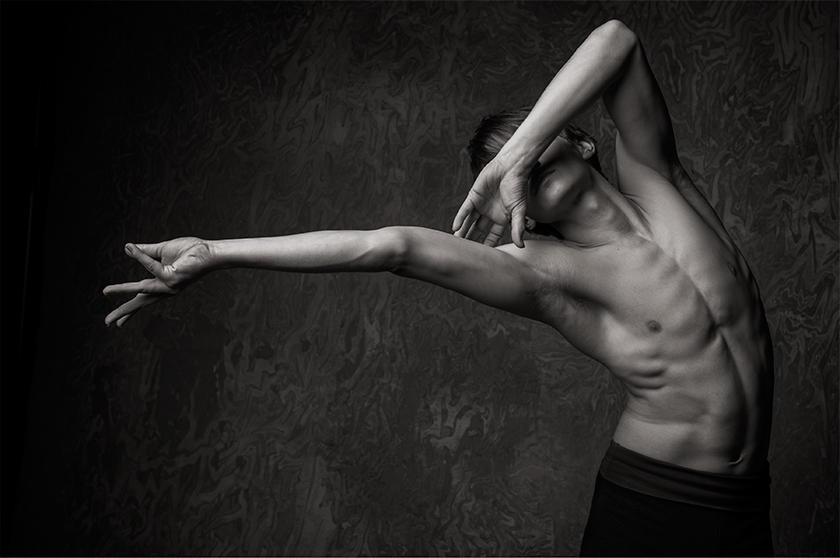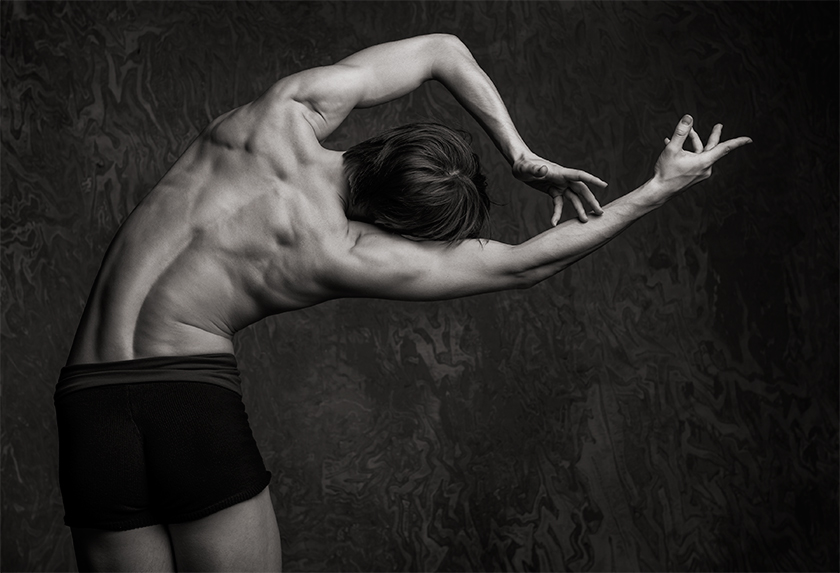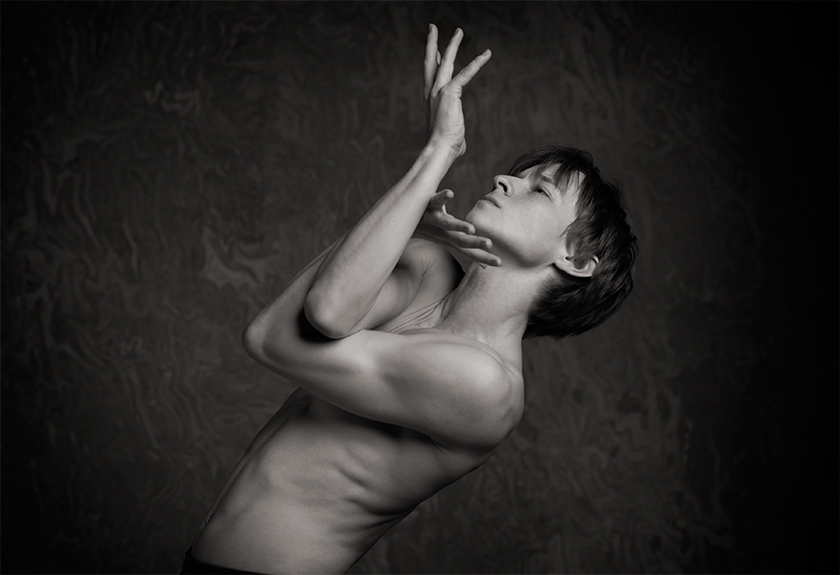
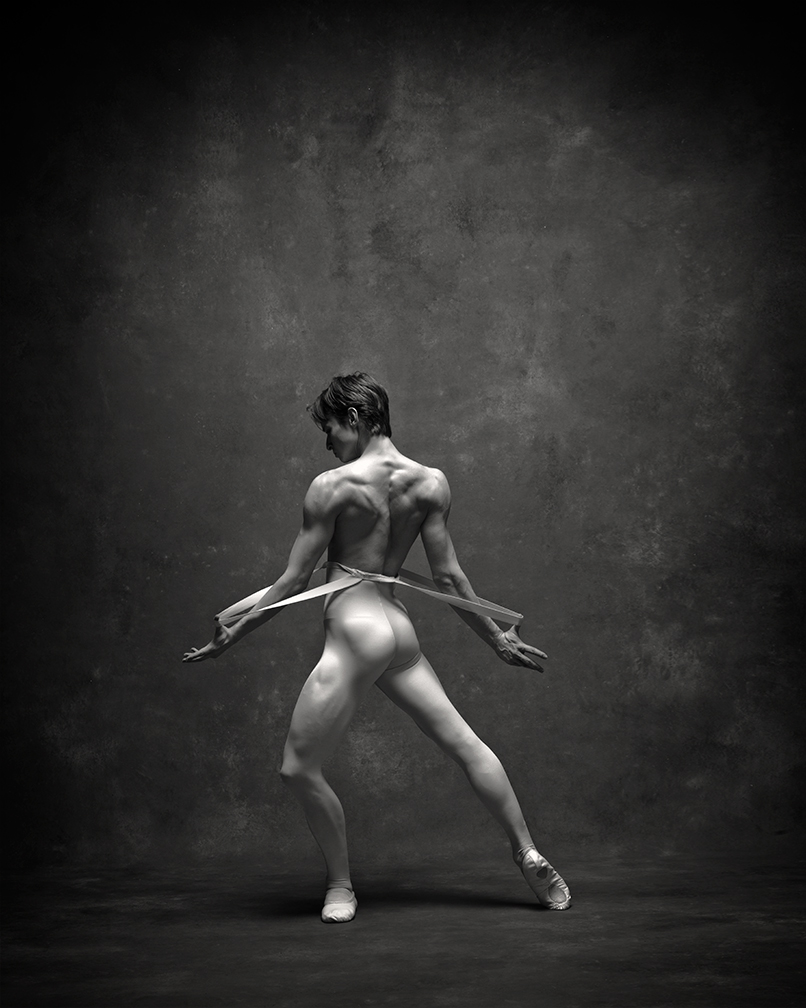

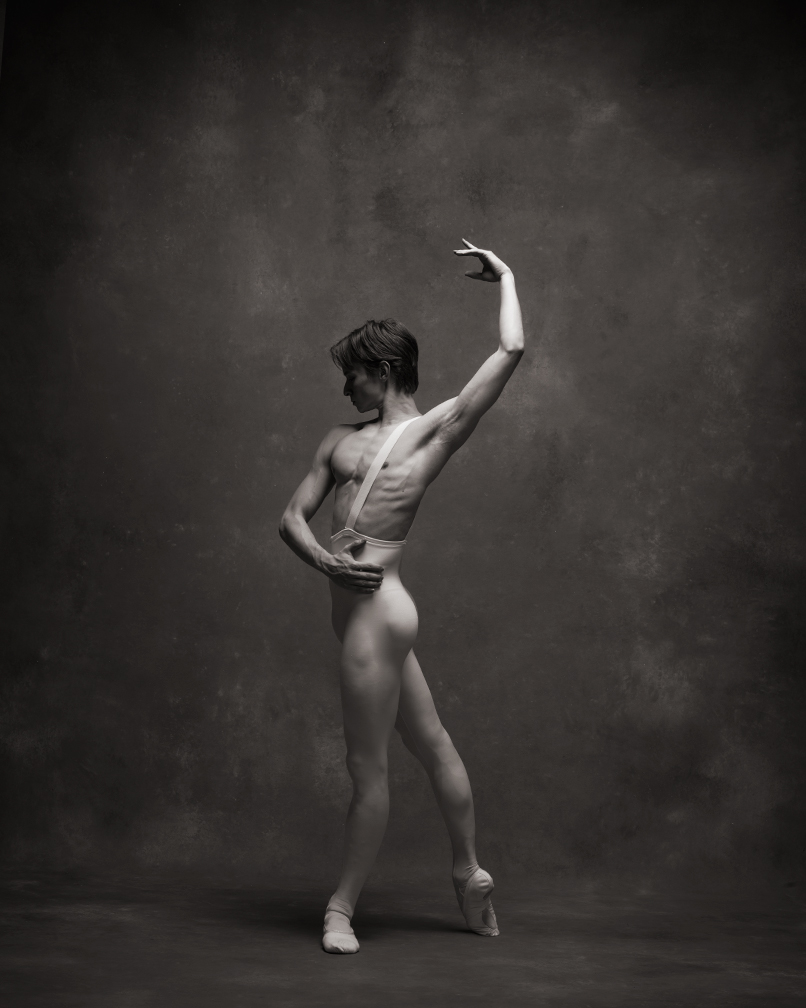 It’s an impromptu brunch with NYC Dance Project and Daniil Simkin in Brooklyn. At lunch we talk about aesthetics, his next collaboration with NYC Dance Project, and the key to a successful photo shoot. Daniil was one of the first dancers to work with NYC Dance Project and has been collaborating with Ken and Deborah ever since.
It’s an impromptu brunch with NYC Dance Project and Daniil Simkin in Brooklyn. At lunch we talk about aesthetics, his next collaboration with NYC Dance Project, and the key to a successful photo shoot. Daniil was one of the first dancers to work with NYC Dance Project and has been collaborating with Ken and Deborah ever since.
I love beauty and was always drawn towards aesthetics, art, drawing. I love the combination of different elements, for example: business and art in fashion. You have to create something beautiful first and that’s where creativity flourishes.
I find it fascinating if a piece of technology can just lie there and be beautiful, and then have the simplicity to work as just a combination of all these factors. I love gadgets, design. I personally get a kick out of it. Not everybody does, but I just love it. It’s conceptual. I like concept, aesthetic concepts.
I’m way too critical of photos. I wouldn’t say the camera is less forgiving than an audience, I’d say it’s different.
As a dancer, your camera is the mirror in class. You see what you want, you have a certain preconception of how you want it to look. And you try to achieve it.
Dancers cannot always trust their own view, their vision, and their concept that they have in their head... That’s why we have teachers.
Deborah: It's the same when you work with a photographer as a teacher giving corrections - there a level of trust and belief that the photographer will make you look your best.
It’s pretty common that we can’t deal with watching ourselves. It’s a necessary evil because I film myself in rehearsals. Nowadays I have an iPhone and a wide-angle lens and a tripod so I see the whole studio in my iPhone. It’s just so convenient and so seamless.
Do you know that famous experiment where electrons behave differently when they’re watched? Anyways, you behave differently when you watch yourself in the mirror because you have to face yourself in a way. But if you just film yourself you can be completely independent from the mirror.
You don’t have to pay attention to yourself. You can just dance and watch it afterwards.
Step aside from seeing yourself, just look at a picture as a picture.
I showed the pictures to my mom and she said, “Oh, I can see you’re more experienced in photo shoots now.” She says, “You’re more creative with your face expression.” Like everything it takes experience.
Ken: It's always better when you shoot with someone a second time. The barriers have been broken and the possibility of creating is more open. That is why I like shooting with people more than once.
Deborah: You start to understand how the other person works. Even Ken and I are getting better and better at working together, on every shoot.
The photo shoot is a performance in itself.
Deborah: Some say it is more difficult than a performance!
In the big picture, your shot won’t come straight away. It comes over time once you get comfortable. Sometimes we didn’t know which direction it’d go. We just take it step by step. I think you should do that. We didn’t go in there thinking, “Okay, I’m going to have one shot like this, one like that, one like that.” Great!
Deborah: Although it can come at anytime. But we don't work with a preconceived idea and the magic happens on the set.
When you shoot and review the photo right after you have to be multitasking. It depends what your personality is, which fits more: review and adjust or just shoot continuously.
Ken: Sometimes it stops the talent when they can see the photos right after. You interrupt the performance when you stop to look at the images. As a photographer, once I feel I have the shot, then it's a good time to review the photos with the dancer.
I like control.
Ken: If you accept to work with a choreographer or photographer, you have to trust them, if you don't trust them the creative process is counterproductive.
Put your creativity first and everything else will come eventually.
Photographers have to wait for the right moment. You have to observe, you have to wait, you have to feel when the right moment is, how you should frame it, and where you should stand, what’s the perspective, how’s the lighting. When I take my own photos backstage, sometimes I’m just standing there waiting for someone to pass or move to get the right combination of different elements.
Ken: The difference between a performance and a photo is that a performance has a beginning and an end and a photo is forever. A performance has the element of "living in the moment" versus a still photo being "a moment captured in time" and will be reviewed over and over again.
Dance is very much in the flow, in the moment. Whenever we perform on stage it will not repeat itself. Life goes on. We get older. That’s why I love photography so much, because you can remember this moment. Freeze this moment in time, especially in that fleeting work that we do, that’s very ephemeral. And justifying.
Grooming by Juliet Jane
Interview by Cory Stieg










